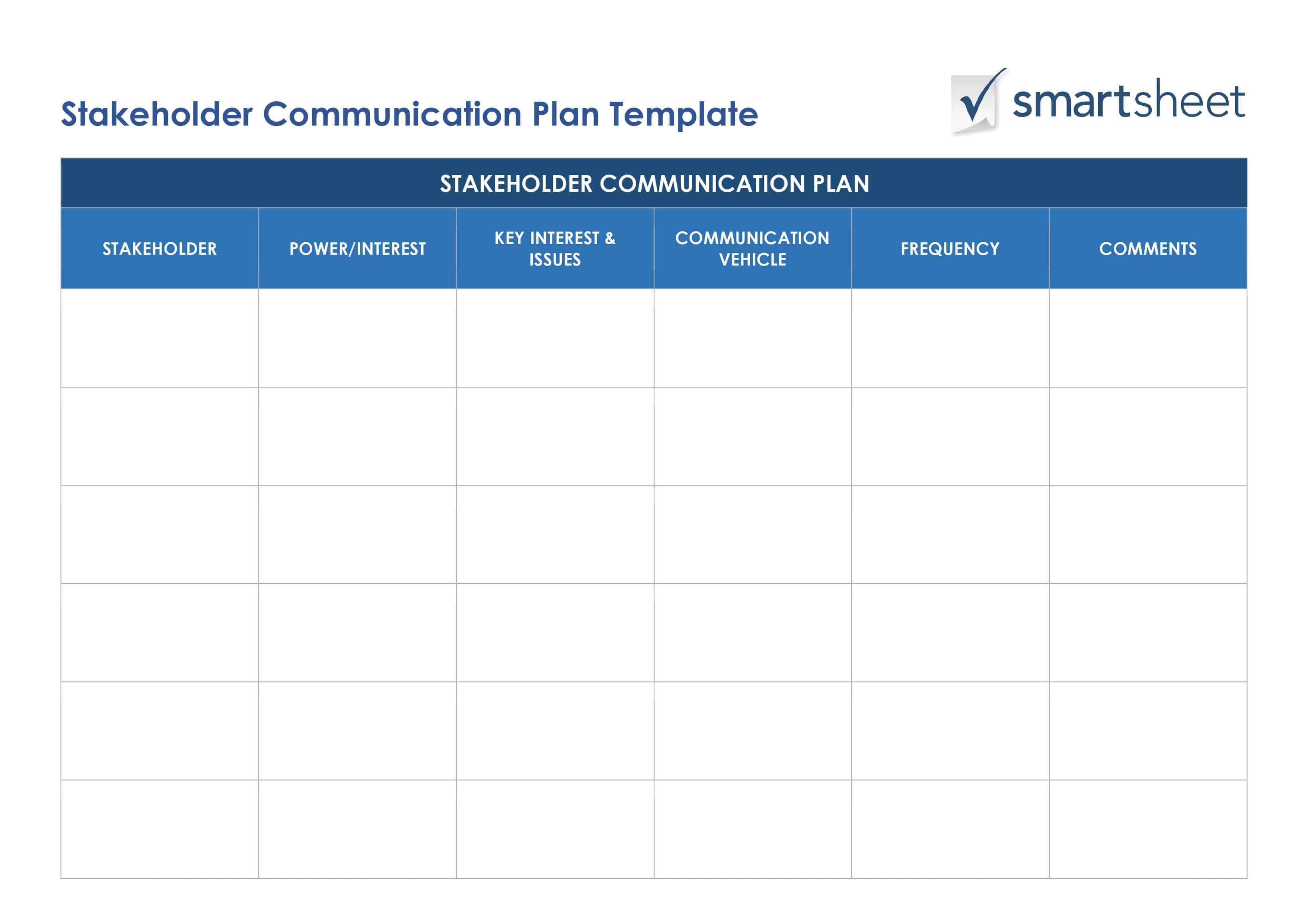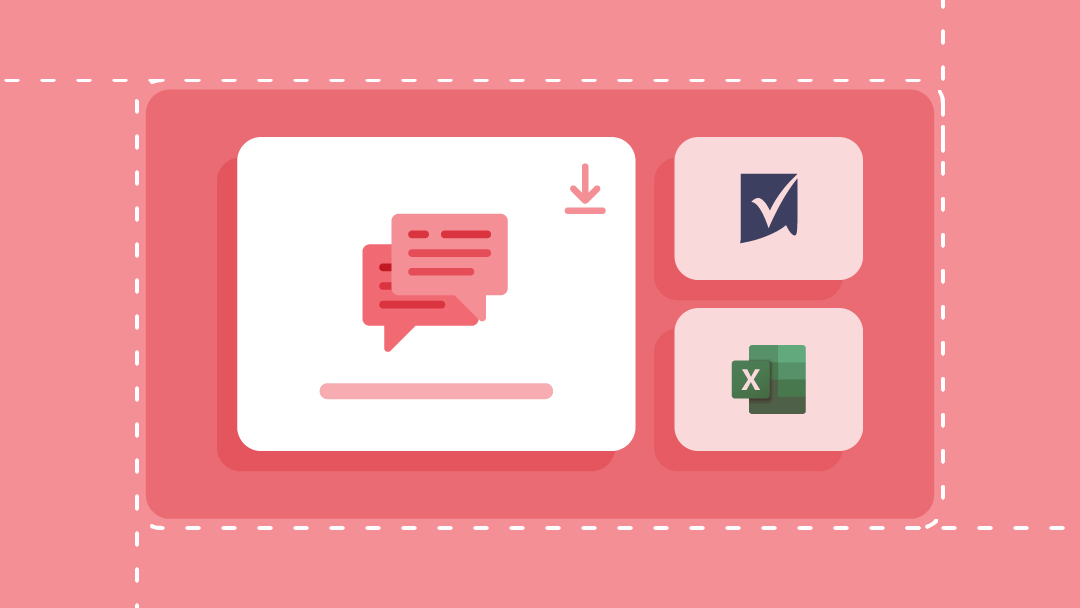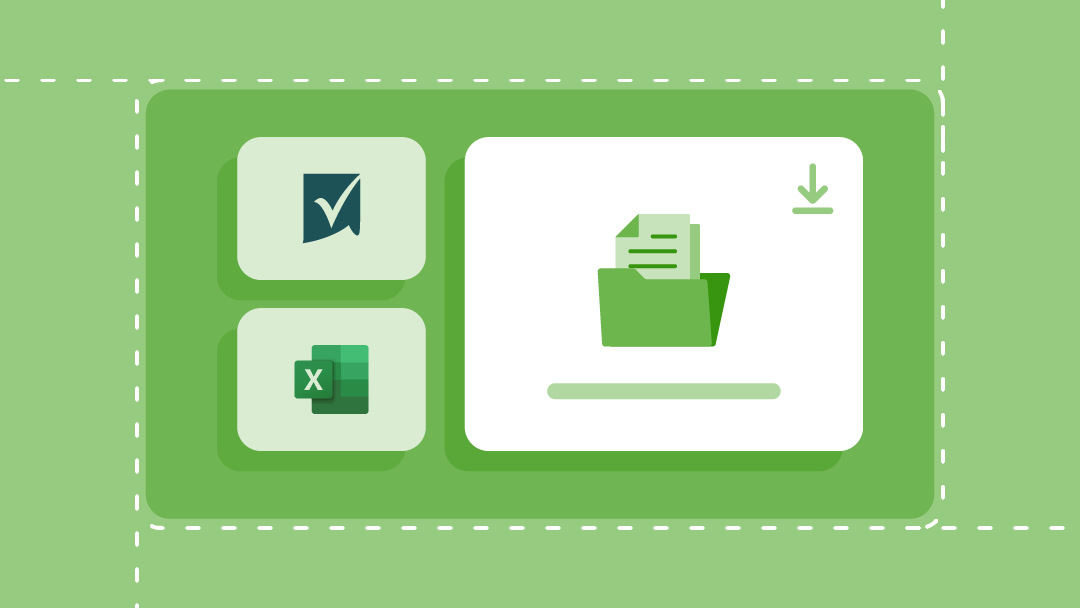Understanding the Change Management Process
Many change management theories, models, and frameworks have been developed based on research and experience. One of these theories is Kotter’s 8-step Change Management Process. World-renowned change expert, John Kotter, outlined this 8-step process for change: create urgency, form a powerful coalition, create a vision for change, communicate the vision, remove obstacles, create short term wins, build on the change, and anchor the change into corporate culture.
These models or frameworks act as a guide to managing change both personally and within an organization. Most of these models include a supporting process or sequence of steps to move a change from initiation to completion. Within the sequence of steps, there is typically a ‘Planning’ stage where teams create a change management plan to help manage the project tasks and activities.
What is a Change Management Plan and Why Do You Need One?
A change management plan helps manage the change process, and also ensures control in budget, schedule, scope, communication, and resources. The change management plan will minimize the impact a change can have on the business, employees, customers, and other important stakeholders.
Marcotte believes that, “Effective organizations are able to handle varying degrees of complex change and quickly pivot and navigate the changing landscape. Deep emergent change can be extremely disruptive and unsettling, whereas intentional incremental change may feel like minor efficiency improvements and largely go unnoticed. All forms and degrees of organizational change need someone leading the journey and continually communicating with employees. It is important to have a comprehensive and integrated change management plan to help clearly articulate organizational strategy, helping people understand ‘why’ the change is critical and what the future state will look and feel like.”
How to Write a Change Management Plan
There are several steps involved in writing a change management plan. You can get started by using a change management template. We’ve outlined them here and provided some best practices recommended by experts in the field:
1. Demonstrate the reasons for the change.
2. Determine the scope. The next step in writing the change management plan is determining who the change will affect. Also determine what the change will impact, including policies, processes, job roles, and organizational structure.
3. Identify stakeholders and the change management team. Marcotte explains that the “best practices in change management often include a task force or team who ‘owns’ the organizational change and is empowered to execute it. The composition of this team is extremely important and it must be led by a credible leader.” The change management team interacts with stakeholders, addresses concerns, and oversees a smooth change transition. Roles within the team require clear definition, including outlining each member’s responsibilities. A Change Advisory Board (CAB) may also be established to oversee changes, offering change approvals and guidance.
4. Clarify the expected benefits. These benefits should be clearly delineated so that everyone involved understands the advantages of proceeding with the change.
5. Milestones as well as costs must also be clearly outlined. Marcotte explains the importance of clear milestones: “Research shows 70% of changes fail because people believe that results relative to the effort aren’t worth it, or aren’t working. Establishing well-communicated and achievable milestones are vital to the success of any change plan. These milestones become symbols to employees that the plan is working, progress is happening, the direction is still right, and the effort is worth it.”
6. Create a change management communication plan.
Download Stakeholder Communication Plan - Microsoft Word
There are three basic elements to communications in the context of change management.
- Identify the stakeholders and those impacted by the change.
- Next, schedule regular face to face interactions and email communications to keep stakeholders updated on progress.
- Finally, communications should be consistent, thorough, and regular. Communications should also clearly explain the change, define the reasons for change, present the benefits of the change, and always include change owner’s contact information.
Change Management Processes and Systems
Change management processes and systems pave the way for successful change management. It is essential to be able to submit a change request, track, schedule, and manage that request through delivery. Along the way, you must also monitor roadblocks, milestones, and resistance. A change management system will allow a single storage location for all data association with organizational changes, standardization of procedures, analysis of trends and activity, and easy access from anywhere at any time.
Look for a system that offers the following functionality:
- Configurable change request forms
- Change approvals
- Change monitoring
- Updating change
- Change assignment to individuals, teams, and/or Change Advisory or Change Control Board
- Ability to classify as a change and reclassify as a defect if necessary
- Schedule of changes (Forward Schedule of Change)
- Configurable change management processes
- Role assignment
- Change log for historical tracking
- Budgeting and cost controls
- Ability to break work down into tasks
Resistance Management Plan
How you manage resistance is a critical element when managing change. After identifying the stakeholders, a project manager should examine how they will each be affected by the change. According to Lonergan, “It’s not only important to identify stakeholders, but also predict how they will respond to the change. Often stakeholders will respond by resisting change, so creating a resistance management plan is important.”
Currently, there is an extremely busy industry focused on creating and studying change management models, frameworks, processes, plans, and tools - not to mention professional trainings and certifications that span industry verticals. Since change is a necessary element of organizational growth, this industry will continue to prosper.
Planning for Change in Healthcare Organizations
Planning for change in an organization is a necessary, yet often challenging aspect of business planning. In healthcare-oriented businesses in particular, change management is even more essential, as there are many more variables to keep in mind, like patient confidentiality, secure data storage, credentialing processes, and more.
Change management plans help to determine how changes will affect an organization, the scope of the change, and how change will be communicated to the rest of the organization. In healthcare organizations, this process needs to be transparent, quick, and updated regularly to maintain optimal patient care, while keeping providers and insurance companies on the same page. To plan for change in your healthcare business and ensure your organization remains efficient while keeping all information and data protected, you need a powerful, real-time, and secure tool.
Smartsheet is a work execution platform that enables healthcare companies to improve work efficiency, scale repetitive processes, and securely store and share protected health information. Streamline documentation, improve communication of changes both internally and externally, and modify healthcare processes for the better, while also maintaining top-level data security compliant with HIPAA’s regulatory requirements. Track the progress of changes in individual processes with all-up reports and centralized dashboards.
Interested in learning more about how Smartsheet can help you maximize your efforts? Discover Smartsheet for Healthcare.
Smartsheet: The Ultimate Tool for Creating a Change Management Plan
Empower your people to go above and beyond with a flexible platform designed to match the needs of your team — and adapt as those needs change.
The Smartsheet platform makes it easy to plan, capture, manage, and report on work from anywhere, helping your team be more effective and get more done. Report on key metrics and get real-time visibility into work as it happens with roll-up reports, dashboards, and automated workflows built to keep your team connected and informed.
When teams have clarity into the work getting done, there’s no telling how much more they can accomplish in the same amount of time. Try Smartsheet for free, today.








